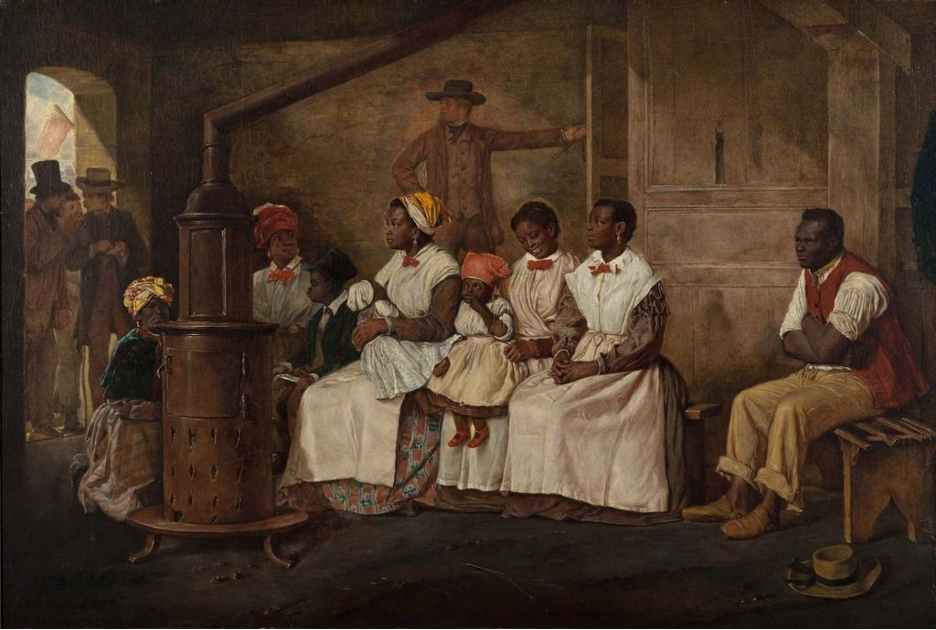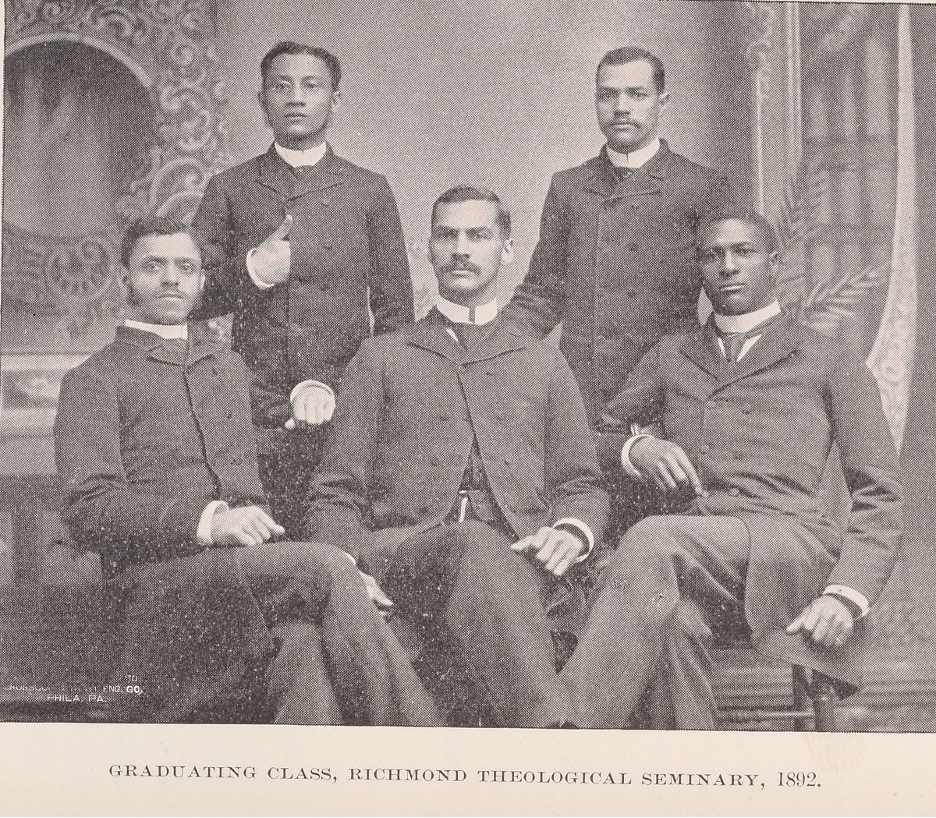The place was Richmond Virginia and it became Lumpkin’s Jail where thousands of imprisoned enslaved people were kept between 1844 and 1866, mostly waiting to be provided to slaveowners in the Deep South. Known as was one of the South’s most prolific and brutal slave traders, Robert Lumpkin regularly raped his slaves including one named Mary who would give birth to five of his children. He required Mary to help upkeep the jail which housed slaves in transition who had either recently been sold or were recaptured to be returned under the Fugitive Slave Act. The jail was known for its inhumanity and torture of its enslaved women, children, and men. Robert Lumpkin’s insurance claims included the names of dead prisoners whose bodies buried were in unmarked graves scattered about the property.
Mary Lumpkin was born in 1832 with fair mixed complexion, stated to be nearly white. Most likely, she was the child of an enslaved mother and her enslaver. Mary was sold to Robert Lumpkin before the age of eight years old. She had her first child by Lumpkin before the age of 13 and would have four more children by him. Lumpkin was twenty-seven years older than Mary.
Robert purchased the slave jail located in the Shockoe Bottom area of Richmond, Virginia in 1844. Lumpkin’s Jail was so notorious for its cruelty, it was called the “Devil’s Half Acre.” It is said that Mary used her agency to negotiate a deal with Robert that he could do what he wanted to her as long as her children remained free. All indications are that he not only kept to this agreement, but even honored a request from Mary to send two of their white-passing daughters to a finishing school in Massachusetts. According to Smithsonian Magazine, this education arrangement was encouraged by a former Union Army Chaplin because the daughters could have potentially been sold into slavery if Lumpkin had a financial downturn and debts to pay. Worried his daughters would be treated the same way he treated his own enslaved prisoners, Lumpkin agreed to send them away.
Some of the recorded narratives from the enslaved who passed through the prison referenced Mary Lumpkin. The Washington Post quotes a Reverend A. M. Newman who was sent to the prison for punishment as a child who spoke of a “whipping room” with iron rings attached to the floor. “The individual would be laid down, his hands and feet stretched out and fastened in the rings, and a great big man would stand over him and flog him.” After he was subjected to such a whipping, Newman claims that a witnessing Mary gave him a look of pity for what he had endured.

A more infamous account of the prison comes from Anthony Burns, a Virginia fugitive slave who was sent to Lumpkin’s Jail for four months in 1854 after being recaptured in Boston. He was kept in a tiny room accessible solely by a trap door, and there was no bed - only a “a rude bench fastened against the wall and a single, coarse blanket.” Burns was given cornbread and spoiled meat for sustenance with water that was freshened weekly. His wrists were kept chained behind his back and his legs had painful swelling due to the irons that held him. He was not able to even get up to relieve himself and his health rapidly deteriorated. Burns claims that Mary visited him during his confinement to provide him a Bible and sing hymns to him. He died of poor health resulting from his imprisonment a few years after his release in 1862 at the age of 28.
When the Civil War began, Mary moved with her children to Philadelphia to avoid being captured and sold into slavery. While she was living there, Robert Lumpkin died in Virginia in 1866 leaving his prison to Mary in his will. With no interest in maintaining the jail, she contacted a white abolitionist minister named Nathaniel Clover about establishing a seminary on the land for formerly enslaved people and ultimately she leased the property to him. The jail was dismantled by Black workers and classrooms were built where the iron rings on the floor were removed. The new Richmond Theological School for Freedmen converted what was known as the “devils half acre” to what was renamed as “God’s half acre.” As the school grew in enrollment, more property was needed so it relocated across the city. The school evolved into Virginia Union University, one of the oldest HBCUs (Historically Black Universities and Colleges) in the country today.

Mary sold the property in 1873 and the jail was demolished in 1876. Mary died a free woman in 1905 at the age of 73 and is buried in New Richmond, Ohio, her last place of residence. Virginia Union University has educated Black men and women for over 150 years including in education, business, and civil rights activism thanks to the determination and smarts of a formerly enslaved Black woman. Although not as well-known as Black women like Ida Wells or Sojourner Truth, Mary’s story is a testament to how other enslaved Black women used their agency to survive and to make a better life for their families and the Black community.
References:
https://allthatsinteresting.com/mary-lumpkin |
https://encyclopediavirginia.org/entries/lumpkins-jail/
https://www.smithsonianmag.com/history/the-enslaved-woman-who-liberated-a-slave-jail-and-transformed-it-into-an-hbcu-180979757/
https://www.washingtonpost.com/history/2020/02/02/lumpkin-slave-rape-richmond-jail/






